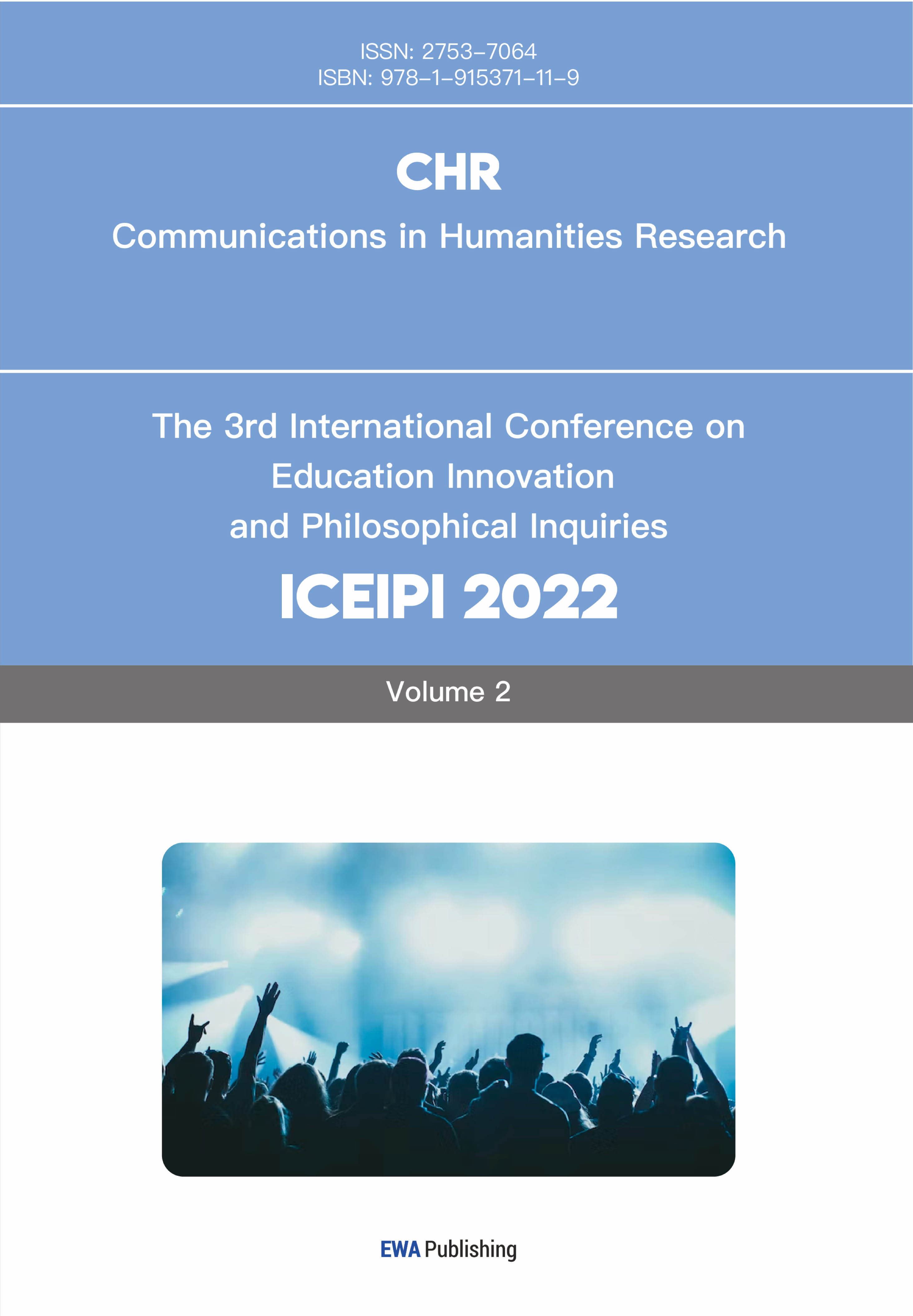References
[1]. Wei Q.Q., Li J.L. (2019) Ecofeminism. Foreign Language Teaching and Research Press, 2, 21, 72.
[2]. Berman T. (2012) The rape of mother nature? Women in the language of environmental discourse (Zhao K.Y., trans.). Poyang Lake Journal, (4): 119–128.
[3]. Wang M.A. (2017) What is affect? Foreign Literature, (2): 113–121.
[4]. Butler J. (1993) Bodies that matter: On the discursive limits of “sex”. Routledge, 28.
[5]. Creed B. (1993) The monstrous-feminine: Film, feminism, psychoanalysis. Routledge, 13–15.
[6]. De Beauvoir S. (1953) The second sex (Parshley H.M., trans.). Jonathan Cape, 78.
[7]. Marx K. (1988) Economic and philosophic manuscripts of 1844 and the communist manifesto (Milligan M., Engels F., trans.). Prometheus Books, 76.
[8]. Zhao Z.X. (2025) From “Organ Projection” to “Cyborg”: Rewriting the anthropocentric view of technology. Culture Journal, (2): 140–144.
[9]. Wang R.S. (2000) The translation of the term “alienation”. Academics (3): 45–49.
[10]. Braidotti R. (2013) The Posthuman. Polity Press, 92.



